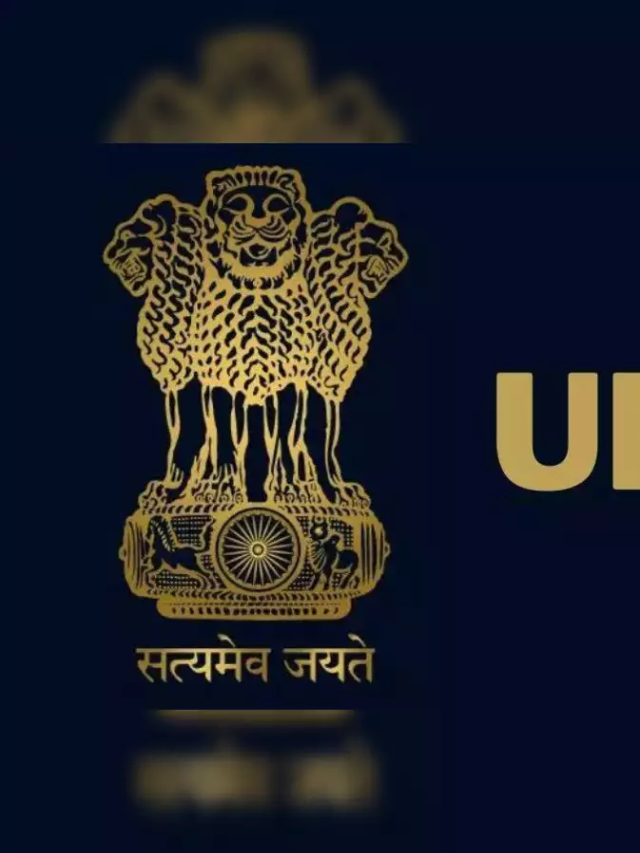NCERT Solutions (Geography) Chapter 2 – Physical Features of India For Class 9 Social Studies
| Class | 9 |
| Subject | Social Science |
| Book | Contemporary India |
| Chapter Number | 2 |
| Chapter Name | Physical Features of India |
Exercise Page No 15
1. Choose the right answer from the four alternatives given below.
(i) A landmass bounded by the sea on three sides is referred to as
(a) Coast
(b) Island
(c) Peninsula
(d) None of the above
Answer: (c)
(ii) Mountain ranges in the eastern part of India forming its boundary with Myanmar are collectively called
(a) Himachal
(b) Uttarakhand
(c) Purvachal
(d) None of the above
Answer: (c)
(iii) The western coastal strip, south of Goa is referred to as
(a) Coromandel
(b) Konkan
(c) Kannad
(d) Northern Circar
Answer: (c)
(iv) The highest peak in the Eastern Ghats is
(a) Anai Mudi
(b) Kanchenjunga
(c) Mahendragiri
(d) Khasi
Answer: C
2. Answer the following questions briefly.
(i) What is the bhabar?
Answer:
The northern plains are generally described as flatlands, with no variations in its relief. But, It is not true. These vast plains also have diverse relief features. According to the variations in relief features, the Northern plains can be divided into four regions. The rivers, after descending from the mountains deposit pebbles in a narrow belt of about 8 to 16 km in width lying parallel to the slopes of the Shiwaliks. This region is known as bhabar.
(ii) Name the three major divisions of the Himalayas from north to south.
Answer:
- The northernmost range is known as The Great or Inner Himalayas or Himadri.
- Himachal or Lesser Himalaya.
- Outer Himalayas or Shiwaliks.
(iii) Which plateau lies between the Aravali and the Vindhya ranges?
Answer:
The Malwa plateau lies between Aravali and Vindhya ranges.
(iv) Name the island group of India having a coral origin.
Answer:
Lakshadweep Islands is the island group of India having with a coral origin.
3. Distinguish between
(i) Bhangar and Khadar
Answer:
Bhangar
- Lies above flood plains of the river.
- Older alluvium or old soil and forms the largest part of the Northern Plains.
Khadar
- It is a newer, younger deposit of flood plains. It is renewed every year.
(ii) the Western Ghats and the Eastern Ghats
Answer:
The Western Ghats
- Lies parallel to the Western Coast.
- They are continuous and can be crossed through passes only.
- The Western Ghats’ average elevation is 900 – 1600 metres.
- The Western Ghats cause orographic rain by facing the rain-bearing moist winds to rise along the western slopes of the Ghats.
- The height of the Western Ghats progressively increases from north to south.
The Eastern Ghats
- Lies parallel to the Eastern Coast.
- They are discontinuous and irregular.
- The Eastern Ghats are dissected by rivers flowing into the Bay of Bengal.
- The Eastern Ghats average elevation is 600 metres.
4. Which are the major physiographic divisions of India? Contrast the relief of the Himalayan region with that of the Peninsular plateau
Answer:
The major physiographic divisions of India are
- The Himalayan Mountains
- The Northern Plains
- The Peninsular Plateau
- The Indian Desert
- The Coastal Plains
- The Islands
Contrast the relief of Himalayan region and Peninsular Plateau
Geologically, the Peninsular Plateau constitutes one of the ancient landmasses on the earth’s surface. It was supposed to be one of the most stable land blocks. The Himalayas are the most recent landforms. From the viewpoint of geology, Himalayan mountains form an unstable zone. The whole mountain system of Himalaya represents a very youthful topography with high peaks, deep valleys and fast-flowing rivers. The northern plains are formed of alluvial deposits. The peninsular plateau is composed of igneous and metamorphic rocks with gently rising hills and wide valleys.
5. Give an account of the Northern Plains of India.
Answer:
Northern Plains are the most recent landforms. The northern plains are formed of alluvial deposits. The northern plain has been formed by the interplay of the three major river systems, namely — the Indus, the Ganga and the Brahmaputra along with their tributaries. This plain is formed of alluvial soil. The deposition of alluvium in a vast basin lying at the foothills of the Himalaya over millions of years formed this fertile plain. It spreads over an area of 7 lakh sq. km. The plain being about 2400 km long and 240 to 320 km broad, is a densely populated physiographic division. With a rich soil cover combined with an adequate water supply and favourable climate, it is agriculturally a productive part of India. The Northern Plain is broadly divided into three sections. The Western part of the Northern Plain is referred to as the Punjab Plains. Formed by the Indus and its tributaries, the larger part of this plain lies in Pakistan. The Indus and its tributaries — the Jhelum, the Chenab, the Ravi, the Beas and the Satluj all originate in the Himalaya. This section of the plain is dominated by the doabs. The Ganga plain extends between Ghaggar and Teesta rivers. It is spread over the northern states of Haryana, Delhi, U.P., Bihar and partly Jharkhand. The Ganga plains also extend towards Bengal to it’s east. Further east, in Assam lies the Brahmaputra plain. The northern plains are generally described as flatlands with no variations in its relief. However, this is not exactly true. These vast plains also have diverse relief features. According to the variations in relief features, the Northern plains can be divided into four regions. The rivers, after descending from the mountains, deposit pebbles in a narrow belt of about 8 to 16 km in width lying parallel to the slopes of the Shiwaliks. This region is known as bhabar. All the streams disappear in this bhabar belt. South of this belt, the streams and rivers re-emerge and create a wet, swampy and marshy region known as terai. This was once a thickly forested region, full of wildlife.
6. Write short notes on the following.
(i) The Indian Desert
Answer:
The Indian desert lies towards the western margins of the Aravali Hills. It is an undulating sandy plain covered with sand dunes. This region receives very low rainfall. The average rainfall is below 150 mm per year. It has an arid climate with low vegetation cover. Streams appear during the rainy season. Soon after they disappear into the sand as they do not have enough water to reach the sea. Luni is the only large river in this region.
(ii) The Central Highlands
Answer:
Central Highlands and the Deccan Plateau. The part of the Peninsular plateau lying to the north of the Narmada river, covering a major area of the Malwa plateau, is known as the Central Highlands. The Central Highlands are wider in the west but narrower in the east. The eastward extensions of this plateau are locally known as the Bundelkhand and Baghelkhand. The Chotanagpur plateau marks the further eastward extension, drained by the Damodar river.
(iii) The Island groups of India
Answer:
Lakshadweep Islands
Lakshadweep group of islands is composed of small coral islands. Earlier they were known as Laccadive, Minicoy and Amindive. In 1973, these were re-named as Lakshadweep. It covers a small area of 32 sq km. Kavaratti Island is the administrative headquarters of Lakshadweep. This island group has a great diversity of flora and fauna. The Pitti island, which is uninhabited, has a bird sanctuary.
Andaman and Nicobar Islands
The elongated chain of islands located in the Bay of Bengal extending from north to south. These are the Andaman and Nicobar islands. They are bigger in size and are more numerous and scattered. The entire group of islands is divided into two broad categories – The Andaman in the north and the Nicobar in the south. It is believed that these islands are an elevated portion of submarine mountains. These island groups are of great strategic importance for the country. There is a great diversity of flora and fauna in this group of islands too. These islands lie close to the equator and experience equatorial climate and have thick forest cover.
Physical Features of India Summary
NCERT Geography Class 9, Chapter 2 – Physical Features of India discusses the major physical features of the country, which includes land, plateau, mountains, deserts and islands. The Major Physiographic Divisions of India have been discussed in detail. These include:
- The Himalayan Mountains
- The Northern Plains
- The Peninsular Plateau
- The Indian Desert
- The Coastal Plains
- The islands
The above mentioned major geographical divisions and their features have been discussed in detail in this chapter. This chapter will help students know India in terms of its geographical locations and their longitudinal and latitudinal extent on the world map.









1 thought on “NCERT Solutions (Geography) Chapter 2 – Physical Features of India”